Recent Articles
Popular Makes
Body Types
The Ten Best Classic British Sports Cars
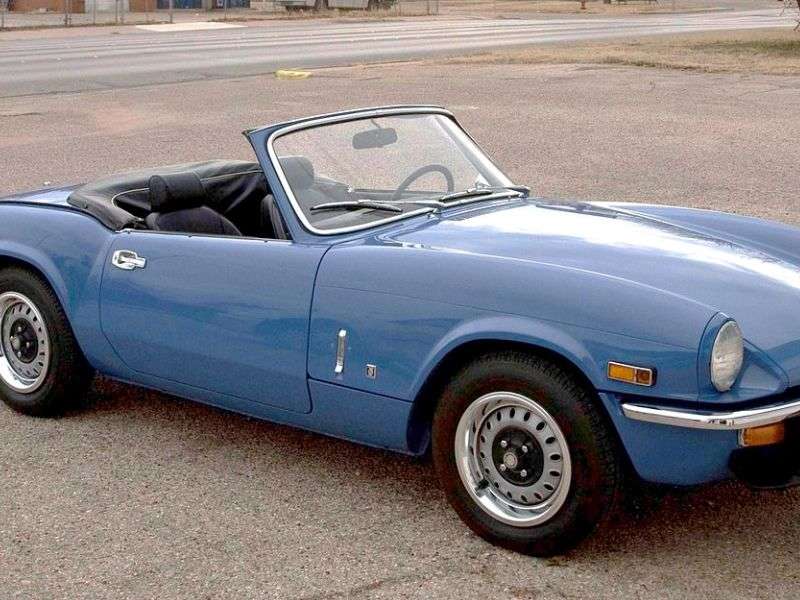
Most automotive historians will agree these are among, if not the 10 best classic British sports cars. Further, it is almost universally agreed British sports cars are largely responsible for spreading sports car fever here in the United States. As the legend goes, many of the GIs returning from World War II had become particularly enamored with the agility of the small open roadsters to which they were introduced during their time on the European continent.
When the war ended, many of those guys arranged to bring examples of the cars home with them. Those who didn’t (or couldn’t); fondly recalled the unique experience of driving them. Consequently, demand for open two-seaters eventually reached something of a groundswell here in America.
Keep in mind, most of these were just regular, wage earning guys, and when it came to European sports cars, the most affordable ones were all made in England. Thus it can be said the British sports car was responsible for the explosion in interest in this type of car here in the States.
What follows is our list of the 10 best classic British sports cars—ones the GIs might have bought and drove. By the way, for the purposes of this list, we’re defining classic as any model introduced before 1970.
The Ten Best Classic British Sports Cars: Austin Healey Sprite
Introduced in 1958, the Bugeye Sprite, as it became known in the United States, picked up the moniker because of its prominent headlight treatment. (The car was affectionately referred to as the “Frogeye” in England. The designer’s original intention was for the headlights to retract into the hood when they were switched off, in a fashion similar to that employed by Porsche for the 928 models. Production costs prohibited implementation of the design feature, so the headlights were fixed into position on the car’s hood.
The Austin-Healey Sprite was the first volume produced unit body sports car. At introduction, it was powered by a 43-horsepower inline four-cylinder engine displacing 948cc. (1000cc = 1 liter). A highly elemental car, the Austin-Healey Sprite had no door handles and no trunklid. Passengers had to reach inside the car to open the doors. To stow cargo or access the spare tire the seats had to be folded forward. The Austin Healey Sprite was built from 1958 to 1971, and went through four generations of evolution. While each of the subsequent iterations of the car sold well, the first Sprite, the Bugeye Sprite, is the one remembered most fondly.

The Ten Best Classic British Sports Cars: Austin Healey 3000
At the other end of the Austin-Healey sports car spectrum was the Austin-Healey 3000. Introduced in 1959, the Austin-Healey 3000 took its nomenclature from the fact it was powered by a 2912 cc (rounds up to 3-liter) inline six-cylinder engine. The car boasted a top speed of 115 miles per hour. It featured dual carburetors and front disc brakes as standard equipment. An evolution of the Austin-Healey 100 introduced in 1953, the model was one of the cars eventually known as “The Big Healeys” to differentiate them from the Austin-Healey Sprite. One of the company’s namesakes, Donald Healey was responsible for the design of the car. Originally intended to be produced by Healey’s company alone, the managing director of Austin was so impressed by the roadster he struck a deal with Healey and so it came to be known as an Austin-Healey. This also cemented the relationship that would eventually lead to the Sprite. The evolution of the Austin-Healey 100, the Austin Healey 3000 became the most popular variant of the model. The 3000 was produced from 1959 to 1967.
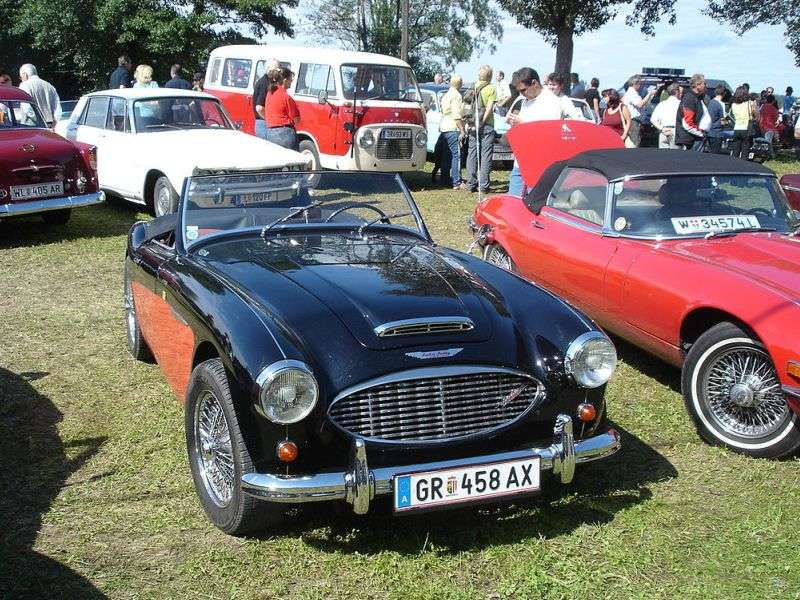
The Ten Best Classic British Sports Cars: Jaguar E-Type
For car lovers of a certain age, the phrase “British sports car” will instantly trigger an image of the Jaguar E-Type in their heads. Quintessentially British, undeniably beautiful, and arguably the most desirable car of its time, the Jaguar E-Type (also known as the XK-E) was introduced in 1961. Exotic in appearance, but relatively affordable in price, the Jaguar E-Type enjoyed immense popularity. A total of 72,515 examples of the Jaguar were built during its 13-year production run from 1961 to 1974. Originally powered by a 3.8-liter inline six-cylinder engine with three carburetors, the first Jaguar E-Type boasted 265 horsepower and 240 ft-lbs of torque. Considering they weighed less than 3,000 pounds, this meant exhilarating performance. Top speed of the 1961 model was quoted at 150 miles per hour. The Jaguar would also accelerate from zero to 60 in right around seven seconds. Hardware highlights included an independent coil spring rear suspension system, torsion-bar front suspension, disc brakes—mounted inboard at the rear to reduce unsprung weight at the wheels—and a four-speed manual transmission. Offered as a two-seat convertible, a two-seat coupe, and 2+2 coupe, once the mainstream popularity of the car was realized, Jaguar offered a three-speed automatic transmission for the closed 2+2 iteration of the car—starting in 1966.
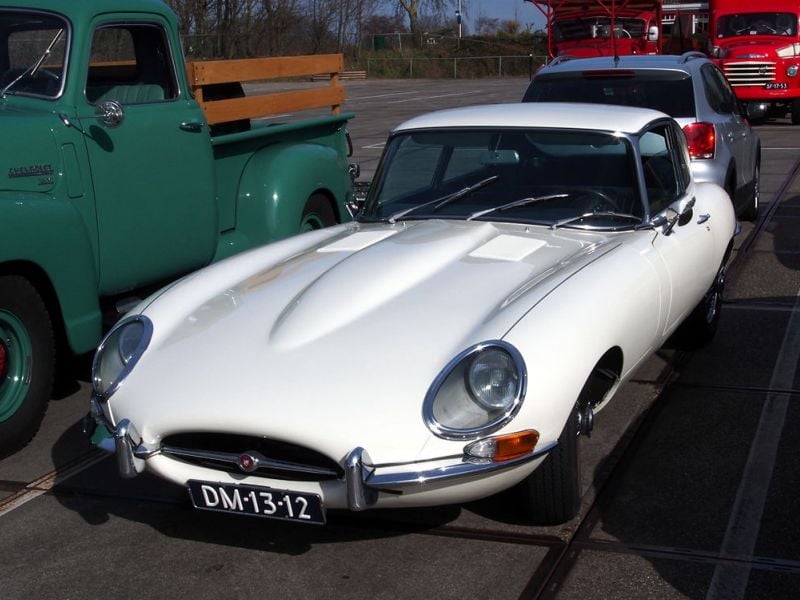
The Ten Best Classic British Sports Cars: Jaguar XK-120
Introduced in 1948 as a concept car to showcase Jaguar’s new XK series inline six-cylinder engine, the XK120’s fluidly supine lines created such a stir the decision was made to put the model into production. It is said Sir William Lyons, Jaguar’s founder and lead designer at the time came up with the design overnight. The XK designation refers to the engine fitted to the car, while the 120 designation reflects the model’s top speed potential. The Jaguar’s 120 mph top speed made it the fastest car in the world in 1948. The early cars were hand-built of aluminum and used frames fashioned from ash wood. When the popularity of the model took off, Jaguar switched to steel bodies in order to keep up with demand. However, aluminum was still employed for the doors, hood and trunklid. The engine produced 160 horsepower from 3.4-liters, and while top speed was quoted at 120 miles per hour, several owners saw speeds in excess of 130 miles per hour. Offered in both two-seat coupe and two-seat convertible forms, some 12,055 copies of the XK120 were built over its six-year production run from 1948 to 1954. And oh, by the way, the XK engine architecture the car was produced to showcase actually survived well into the 1980s.
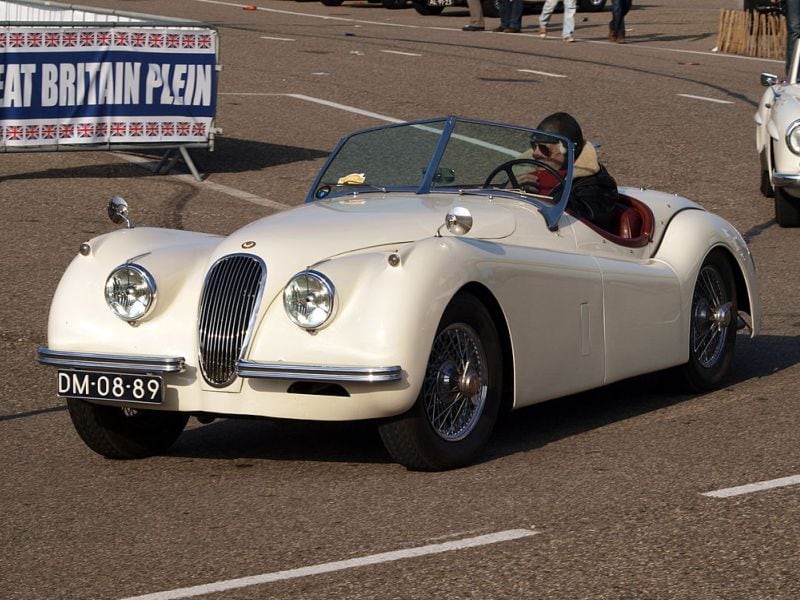
The Ten Best Classic British Sports Cars: Lotus Elan
Truth be told, a number of Lotus models qualify to be on this list. Most notably among them is the Lotus 7, one of the most beloved elemental sports cars ever made. However, we chose the Elan because it was the first Lotus road car to employ a steel backbone chassis design with a fiberglass body. This made the car both extremely rigid and remarkably lightweight—both of which are the hallmarks of Lotus founder’s Colin Chapman’s philosophy of automotive design. Chapman felt power wasn’t as important as agility when it came to the design of sports cars. Technologically, the Lotus Elan was extremely advanced when it was introduced in 1962. It used a double overhead cam engine, four-wheel disc brakes, rack and pinion steering, and an all-independent suspension system. With a curb weight of a mere 1500 pounds, the Lotus Elan was one of the most spirited small sports cars of its time. A 2+2 version of the Elan was introduced in 1967, in an attempt to broaden the market for the car. Anyone who recalls the 1960’s British television series “The Avengers” will recall the Lotus Elan as the car the sexy “Emma Peel” (played by the stunningly attractive Diana Rigg), drove. The original two-seat Lotus Elan was in production until 1973, the Elan 2+2 remained in production until 1975. An interesting bit of trivia, when Mazda’s design team was working on the original MX-5 Miata, they reversed engineered the Lotus Elan as part of their research.
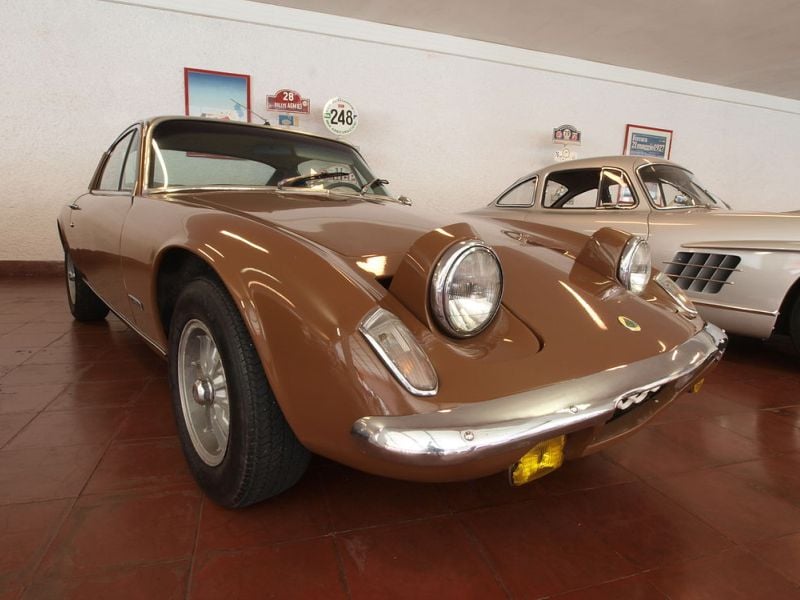
The Ten Best Classic British Sports Cars: Morris Garages (MG) MGA
While the design of the MGA goes back to 1951, the car didn’t go into production until 1955. Ushering in a new era of design, the look of the MGA was radically different from the T-series MG sports car models it replaced. Built primarily to slake overseas demand, of the 101,081 MGAs built, only 5,869 cars were sold in England. In its advertising for the MGA, MG called the car “the first of a new line”, and in fact it was. Lower, wider and more advanced, many consider the MGA the archetype of the modern sports car. The body on frame design employed a 68-horsepower, 1.5-liter engine to move a curb weight of 1,988 pounds. Ultimately offered in both two-seat convertible and two-seat coupe body styles, the MGA used a wishbone type independent front suspension, and a rigid rear axle with semi-elliptic springs. Hydraulic drum brakes, a four-speed manual transmission and rack and pinion steering was employed. The car was also offered with a choice of wire spoke wheels, or steel wheels. The MGA remained in production until 1962. Fun to drive for its time, though not terribly fast, the car was clocked from zero to 60 in 16 seconds and its top speed was quoted at just under 98 miles per hour. The MGA remained in production until 1962, when it was replaced by the MGB
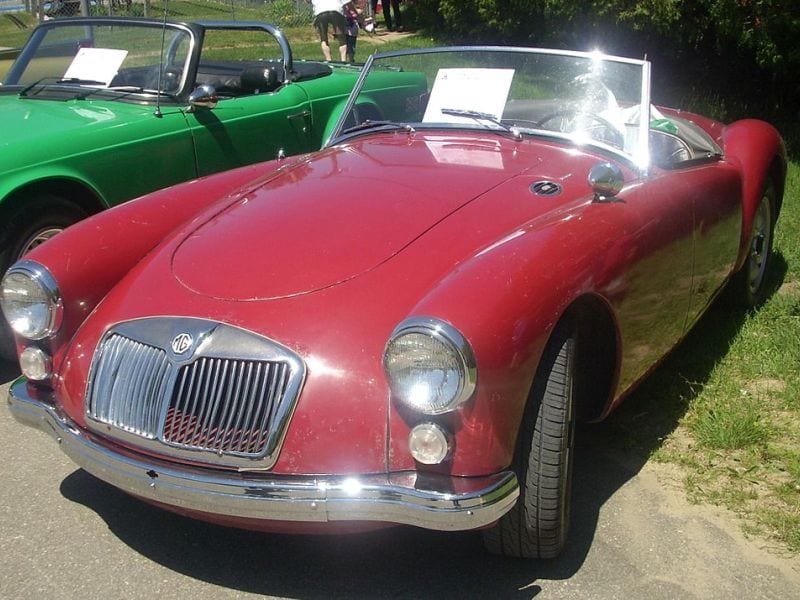
The Ten Best Classic British Sports Cars: Morris Garages (MG) MGB
ollowing in the tire tracks of its MGA predecessor, the vast majority of MGB models built were exported to the United States also. The replacement for the groundbreaking MGA was initially offered as a two-seat convertible. A coupe with 2+2 accommodations emerged three years after its 1962 launch. Eschewing the MGA’s body on frame architecture for unit body construction, the MGB was one of the first cars with crumple zones designed into its body to provide crash protection for its occupants. While the body was thoroughly modern, the mechanicals were largely inherited from the MGA. Thus the engine, brakes and suspension bits are largely similar to the earlier model. By the way, the MGB's engine actually could trace its origins all the way back to 1947. Even though it used its older relative’s hard bits, the MGB's performance was considerably stronger than that of its predecessor. The MGB would accelerate from zero to 60 in 11 seconds, which is blindingly fast when compared to the MGA’s 16 second zero to 60 time. The model’s production run lasted from 1962 to 1980. In 1973, a V8 powered version of the coupe, called the MGB GT V8, was offered. Its 3.5-liter Rover-sourced (which actually could be traced back to a Buick design) powerplant produced 180 horsepower and gave the MG coupe a zero to 60 of 7.7 seconds and a top speed of 125 miles per hour.
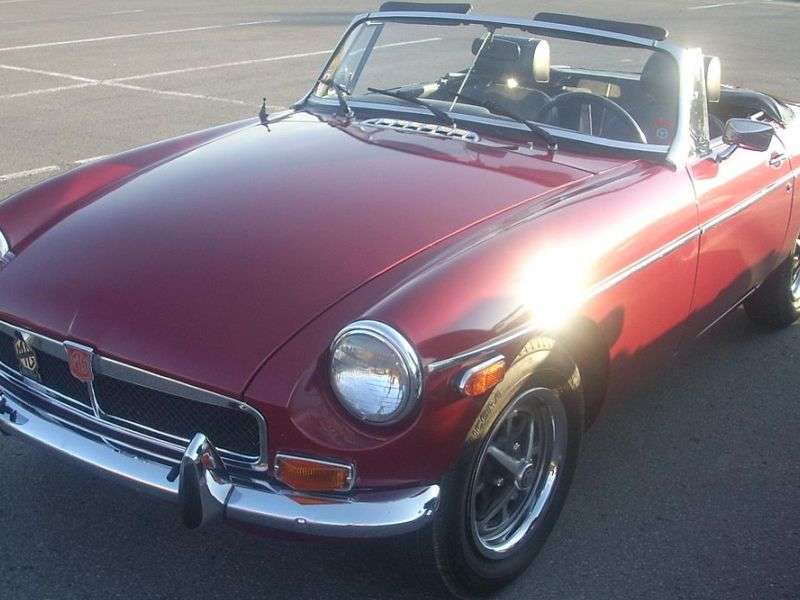
The Ten Best Classic British Sports Cars: Morris Garages (MG) TC
The MG TC is the car credited with introducing Americans en masse to small open two-seaters powered by inline four-cylinder engines. The first MG product launched after the World War II, the MG TC was introduced in 1945, as the successor to the MG TB. Meanwhile, the T series MG sports cars date back to 1936, when the MG TA replaced the MG PB. Demand was so great the car was exported to the United States even though it was only ever produced in right-hand drive. Breaking previous production records for MG models, some 10,000 examples of the MG TC were produced from 1945 until the 1950 MG TD replaced it. Extracting some 55 horsepower from its 1250cc engine, the MG TC’s zero to 60 time was quoted at 22.7 seconds. A number of automotive pundits have quoted that to be quite a respectable time. Respectable in that it always allowed practically every other car to go before it. Employing body-on-frame construction, the MG TC used a steel body and an ash wooden frame. The car also used a four-speed manual transmission and hydraulic drum brakes.
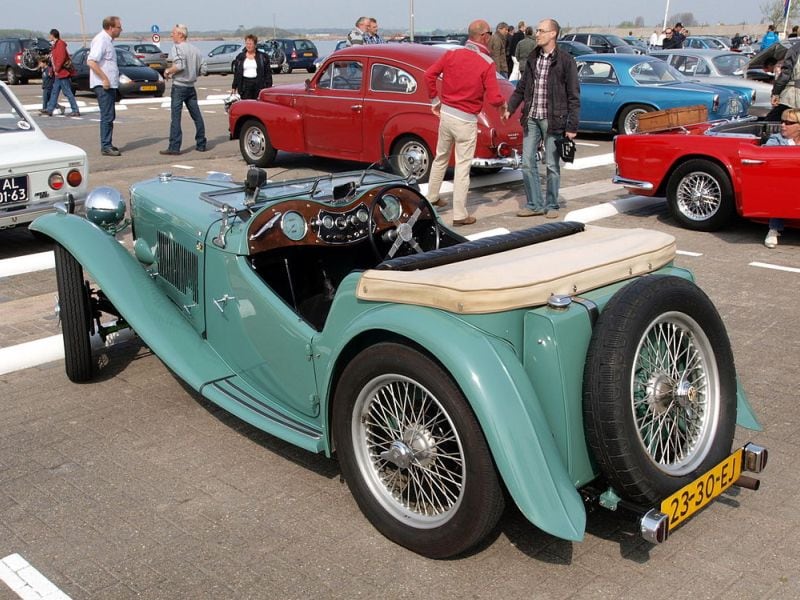
The Ten Best Classic British Sports Cars: Triumph Spitfire
Introduced at the London Auto Show in 1962, the Triumph Spitfire’s styling was based on a 1957 model done by Giovanni Michelotti, one of the most prolific sports car designers of the 20th century. He also did work for BMW, Lancia, and Maserati. The Spitfire’s running gear came from a Triumph sedan known as the Herald. The Triumph sports car owes its existence to the success of the Austin-Healey Sprite. When the Triumph management team saw the demand for the Austin-Healey, they decided to do something similar, but with a bit more sophistication. Thus the Spitfire boasted wind-up windows and a single piece front end to make servicing the engine easier to accomplish. It took five years for the model to go into production because Triumph was experiencing financial problems when Michelotti completed the design. When British Leyland took over Triumph, the company found the Spitfire prototype sequestered beneath a drop cloth in a corner of the factory and hurried it into production. Between 1962 and 1980 some 314,000 copies of the Spitfire were built. Talk about your good “barn finds’…
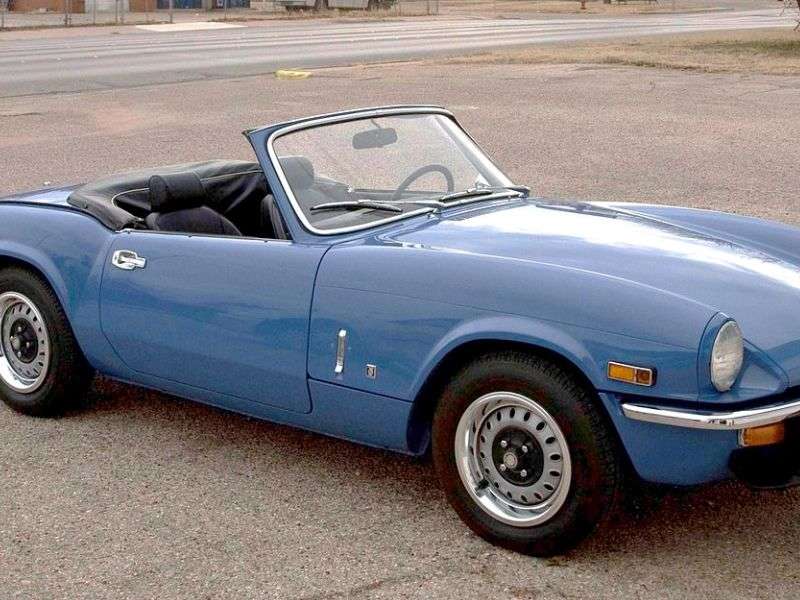
The Ten Best Classic British Sports Cars: Triumph TR6
Built between 1969 and 1976, Triumph produced in excess of 90,000 TR6s, and of that total, over 86,000 of them were exported. An evolution of the Triumph TR5, the TR6 used a 2.5-liter inline six-cylinder engine. Detuned for the US market to improve reliability, the engine made 104 horsepower in the States, where it delivered 150 horsepower in its standard state of tune. A four-speed manual transmission was fitted with an overdrive unit available as an option to enable the engine to run at more relaxed speeds on highways. The car used an all-independent suspension system, with semi-trailing arms at the rear. Braking was accomplished with discs at the front and drums at the rear. The body on frame design was offered with an optional rear anti-roll bar and a limited-slip differential. To improve all-weather operation, a steel hardtop was offered as an option.
